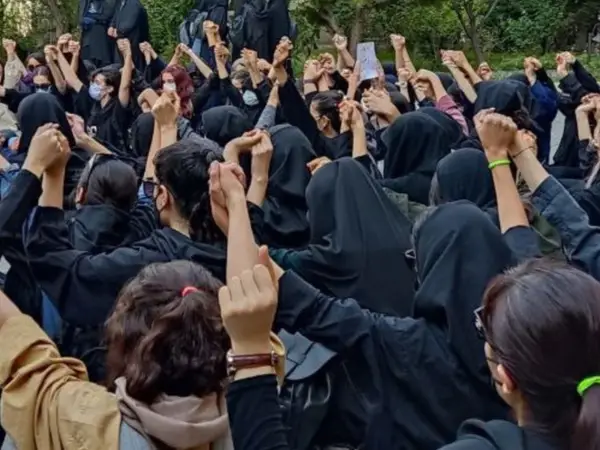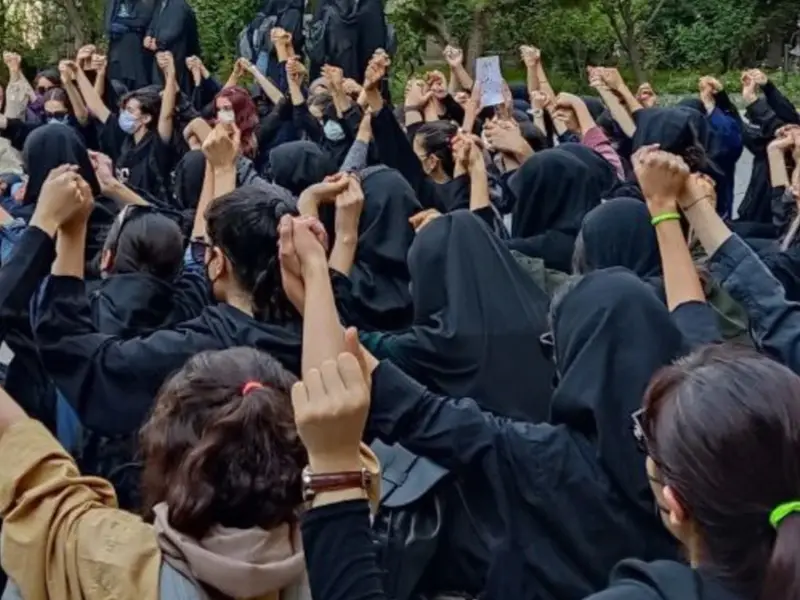At least 147 students from 43 universities were barred from studying during the Iranian uprising, according to a recent study.
Following the Woman, Life, Freedom protests, the Committee to Follow Up on the Status of Detainees launched a special project to document and monitor repressive actions within the country's universities. It is the first such initiative to have officially gathered information on students who were expelled or faced bans from studying for several semesters.
The many disciplinary actions had not been made public until now, though the numbers are only the tip of the iceberg, the true extent believed to be far higher than those made public.
The regime's security forces sought to control the wave of protests which began in September after the death in police custody of Mahsa Amini, by targeting universities, assaulting students, carrying out kidnappings and arrests in campuses across the country.
In May, Iran International reported that eight students had been deprived of education for up to two years or exiled to other cities as punishment for protesting a wave of chemical attacks in Iran's universities and schools which lasted several months.
In April, Iran’s Student Union Council claimed that more than 430 students had been suspended or expelled following the recent protests across the country “through an illegal process,” as reported by Iran International at the time.
At the time, US-based Human Rights Activists News Agency (HRANA) said 637 students from 144 universities had been arrested since mid-September. Other sources which have put the number at well over 700.
The official report claims the most common disciplinary measures include "one-semester suspension," affecting 64 protesting students, followed by "two-semester suspension," which impacted 52 students.
Tabriz University of Medical Sciences, Tehran University, and Allameh Tabatabai are among the universities with the highest number of disciplinary orders against their students, the report claims.

